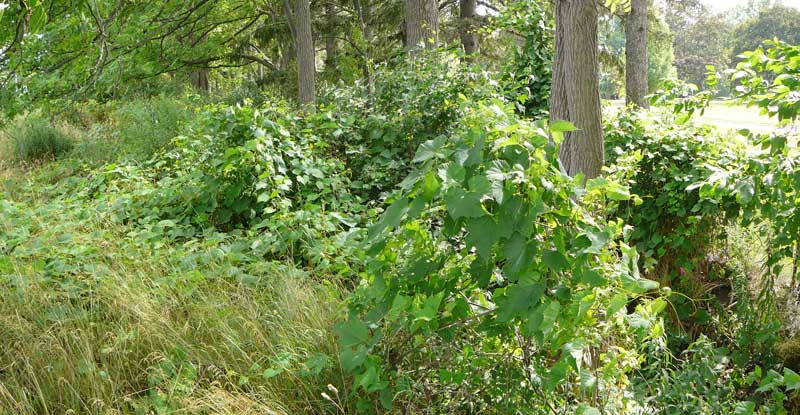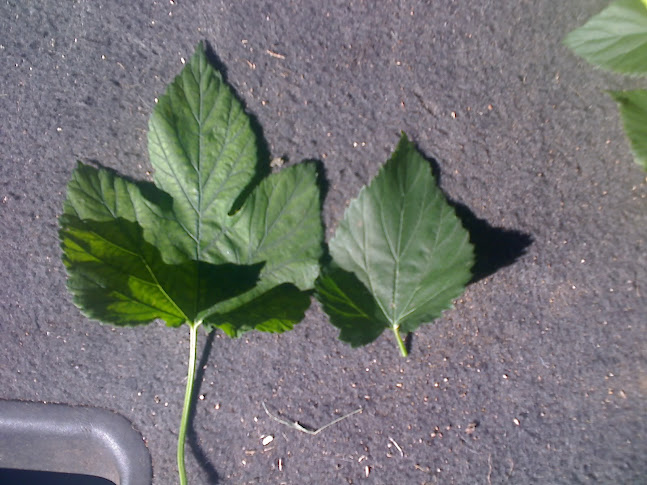SunyJim
Active Member
Most people say that wild hops in Eastern USA and Canada are likely Cluster. But these seem more intentionally planted for brewing in the town they were picked in, and the size and smell does not match
Here's the back story. I live in Ontario Canada, and picked and cut a rhizome from St.Thomas Ontario a small town known for it's railways, in the center of good agricultural land that grows a lot of Tobacco for the past many years. It's had it's share of breweries in London Ontario and 3 in the little town of St. Thomas that existed until prohibition (1916-1920). This location may have been from a German settler who ran a brewery, I think I have eliminated the English settler as having a brewery on the other side of town. Dutch might be possible. The location is beside a rail line that runs from London Ontario to the shipping port on Lake Erie. So picked hops lost along the railway line is possible but it's just at the outskirts of the town boarder in 1880 and probably within the town boarder by 1900. And I'm still researching the 3 breweries to see if one was close to where I found them.
The hops are currently growing along fences, up trees, over bushes etc. in a man made 300ft ditch that appears to have no drain and no other function than for the hops. And it's located between a cemetery and rail line.
The rhizome i cut was not a stick the size of my finger, but just a part or the many cord like roots the size of my wrist that spread from one of the many crowns that are about 3ft in diameter
My rhizome has taken off like mad, grown quite nicely, and i will have a good harvest.
But I have no idea what kind of hop it is.
I made tea with it, it's low Alpha around 5%
the smell is fresh pine needles, maybe cedar hedge, and a nice lemon sent. The flavour is more towards pine and cedar than lemon.
There doesn't seem to be a floral, or resin character.
If the Alpha was higher, and I was on the other side of the world Southern Cross describes a similar smell. If it helps the hop is just ripened now Sept 8th
I've checked http://www.americanhopmuseum.org/varieties.htm but it wasn't helpful
The thing is there can't be that many varieties from 1880-1916, and with the German, English or Dutch heritage I thought it would be easier to track down.

Here's the back story. I live in Ontario Canada, and picked and cut a rhizome from St.Thomas Ontario a small town known for it's railways, in the center of good agricultural land that grows a lot of Tobacco for the past many years. It's had it's share of breweries in London Ontario and 3 in the little town of St. Thomas that existed until prohibition (1916-1920). This location may have been from a German settler who ran a brewery, I think I have eliminated the English settler as having a brewery on the other side of town. Dutch might be possible. The location is beside a rail line that runs from London Ontario to the shipping port on Lake Erie. So picked hops lost along the railway line is possible but it's just at the outskirts of the town boarder in 1880 and probably within the town boarder by 1900. And I'm still researching the 3 breweries to see if one was close to where I found them.
The hops are currently growing along fences, up trees, over bushes etc. in a man made 300ft ditch that appears to have no drain and no other function than for the hops. And it's located between a cemetery and rail line.
The rhizome i cut was not a stick the size of my finger, but just a part or the many cord like roots the size of my wrist that spread from one of the many crowns that are about 3ft in diameter
My rhizome has taken off like mad, grown quite nicely, and i will have a good harvest.
But I have no idea what kind of hop it is.
I made tea with it, it's low Alpha around 5%
the smell is fresh pine needles, maybe cedar hedge, and a nice lemon sent. The flavour is more towards pine and cedar than lemon.
There doesn't seem to be a floral, or resin character.
If the Alpha was higher, and I was on the other side of the world Southern Cross describes a similar smell. If it helps the hop is just ripened now Sept 8th
I've checked http://www.americanhopmuseum.org/varieties.htm but it wasn't helpful
The thing is there can't be that many varieties from 1880-1916, and with the German, English or Dutch heritage I thought it would be easier to track down.





 Wow great answer!
Wow great answer!